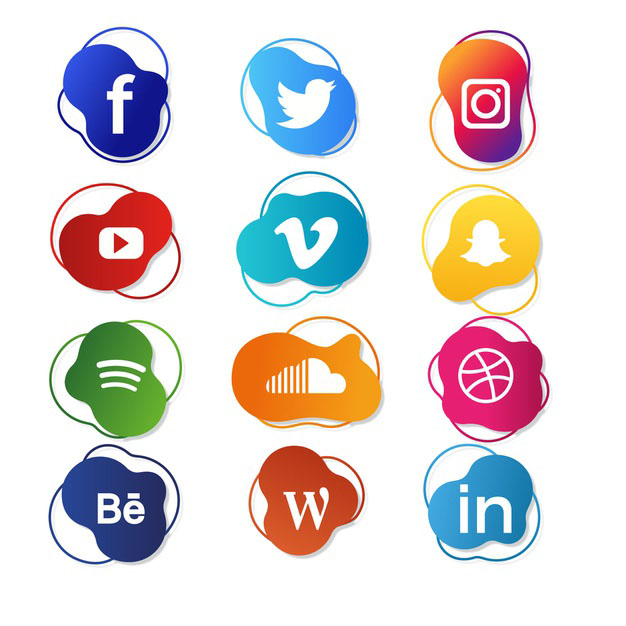Scheduling for patients. It should be easy.
When it comes to a practice’s success, scheduling patients is one of the most critical jobs. However, even though you cannot control how on-time a patient is in for their appointment, you can do things as a staff member to ensure that the schedule remains flexible or recoup lost time to keep the schedule on track wherever possible. You’ll be able to keep your office stress down and your wait times in check if you can perfect this skill.
What is the best way to schedule patients?
- There will be a 12:00 start time.
It’s preferable if you can set aside time in the morning and afternoon for appointments. It’s essential to establish this as the norm so that you can retain optimal productivity and guarantee that the bulk of your day is scheduled. There are ways to better use unfilled time slots by holding staff meetings in the mornings or afternoons or enabling employees to come in later or leave earlier to save on overhead costs. A technique like this can assist save wasted time by scheduling patients more efficiently.
- Allow patients to choose when and where they want to be seen.
The average phone call to set up an eight-minute appointment is made. You may spend hours scheduling appointments if you multiply it by the number of meetings scheduled each day. Calls for booking appointments are often routed to a single person in the office, who may or may not be compensated well. Or, if your practice is small, you may only have one employee responsible for nearly all aspects of front office management.
New advancements in technology can help you save money and time on “appointment schedulers” while allowing you to focus on other, more important responsibilities. Real-time patient scheduling is now possible at any time and from any Internet-enabled device. Health care providers and practices alike will appreciate the added ease that online scheduling provides.
- Prioritize your appointments.
A patient’s level of care necessitates a different amount of time and attention. While deciding where and when your patients should be scheduled. With a simple phone call or email, most patients’ concerns may be remedied. Your receptionist should use their best judgment to assess if the patient should be scheduled or if the matter may be resolved over the phone. It is possible to provide same-day treatment to individuals who need it while increasing profitability by treating patients with more severe or complex medical concerns.
- Text and email appointment reminders can be used to confirm appointments.
Increasing the number of appointments and on-time arrivals may be achieved by using an appointment reminder software system. If your office has an extensive waiting list and is extremely busy, no-shows might be pretty inconvenient. When a customer or provider fails to show up, everyone loses out.
- Create a waiting list for patients.
Even though last-minute cancellations are inconvenient, having a patient waiting list means you’ll be prepared if the worst happens. Make sure you have a patient scheduling platform that allows you to retain a list of patients at your fingertips. Your time and money are saved when you send out a bulk announcement of your available spot. In the event of an appointment cancellation, instead of picking up the phone, access your digital patient waitlist and send a quick message encouraging your patients to call you rather than the other way around. Thus, valuable time is wasted that might be used for more profitable tasks such as getting to know your patients better or enhancing billing collection.
- Automated Patient Recall and Reminders are a must.
A patient recall system guarantees that patients return for their regular care sessions, which helps keep your schedule more occupied. Sending out reminders through email, text, or phone call can bring back patients who haven’t seen you in years for their regular care appointments by reminding them that it’s time for a new appointment.
Office efficiency can be improved in various ways to keep things operating smoothly in your office. During your next staff meeting, if you see that your practice schedule is either too packed or too sparse, bring it up. Look at the more or less constant days and note which days they are. When arranging medical appointments, adhere to these six practical recommendations and be open to new ideas that might help fill in the gaps and create a more flexible schedule.





